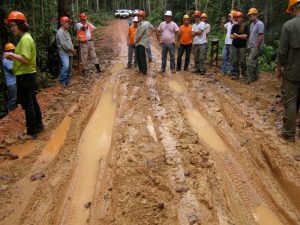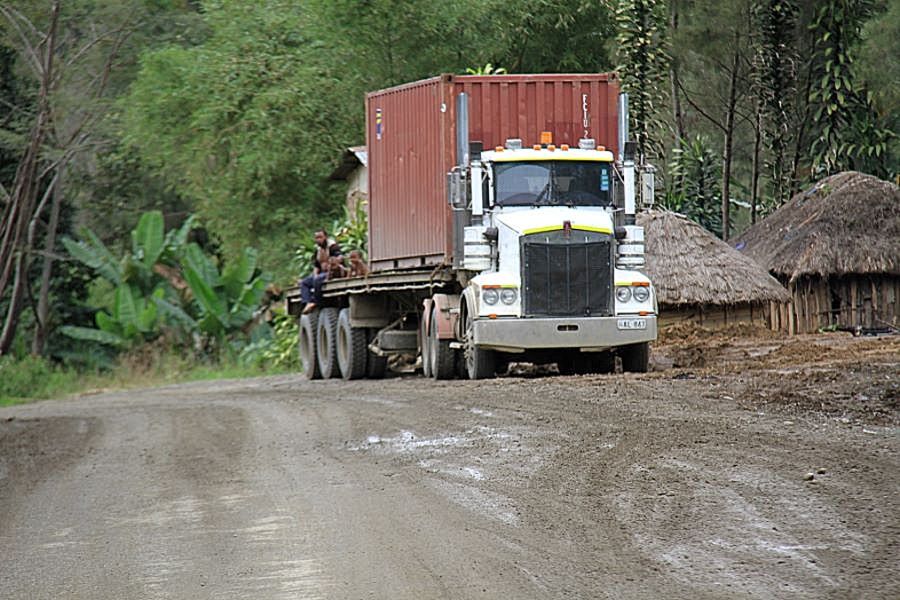 David Jones
David JonesLow-volume roads (LVRs) are a critical component of transportation infrastructure, particularly in developing countries where they connect rural communities to urban centers, schools, health care facilities, markets, and workplaces. These roads—typically unpaved and carrying low traffic volumes—play an essential role in delivering agricultural products and raw materials for consumption or further processing, enhancing accessibility and security, promoting local development and tourism, and serving as evacuation and emergency supply routes during natural disasters. However, managing LVRs presents significant challenges that can impact their effectiveness and sustainability. This theme issue on international LVRs offers an overview of road use, technological innovations in their construction, maintenance and safety considerations, impacts of weather events, and training of the engineers who plan, design, build, and manage LVRs.
All over the world, LVRs serve as important transport routes for residents, farmers, aid agencies, and industries such as mining, forestry, and energy. Nearly all commodities and resources used in everyday life (e.g., food, cotton, rubber, wood, metals, oil, and cement) start their journey on these roads. Definitions vary by country and agency, but LVRs are generally considered to have an annual average daily traffic of fewer than 400 vehicles. Their performance is often more dependent on environmental influences—particularly moisture—than on traffic volumes. A majority of LVRs have unpaved, aggregate surfaces and carry very low traffic volumes (i.e., typically fewer than 200 vehicles per day). Historically, LVRs have been considered the lowest level of service provided because of traffic volume rather than strategic importance. Thus, they often do not meet the geometric, safety, structural, and ride quality standards applied to high-volume roads.
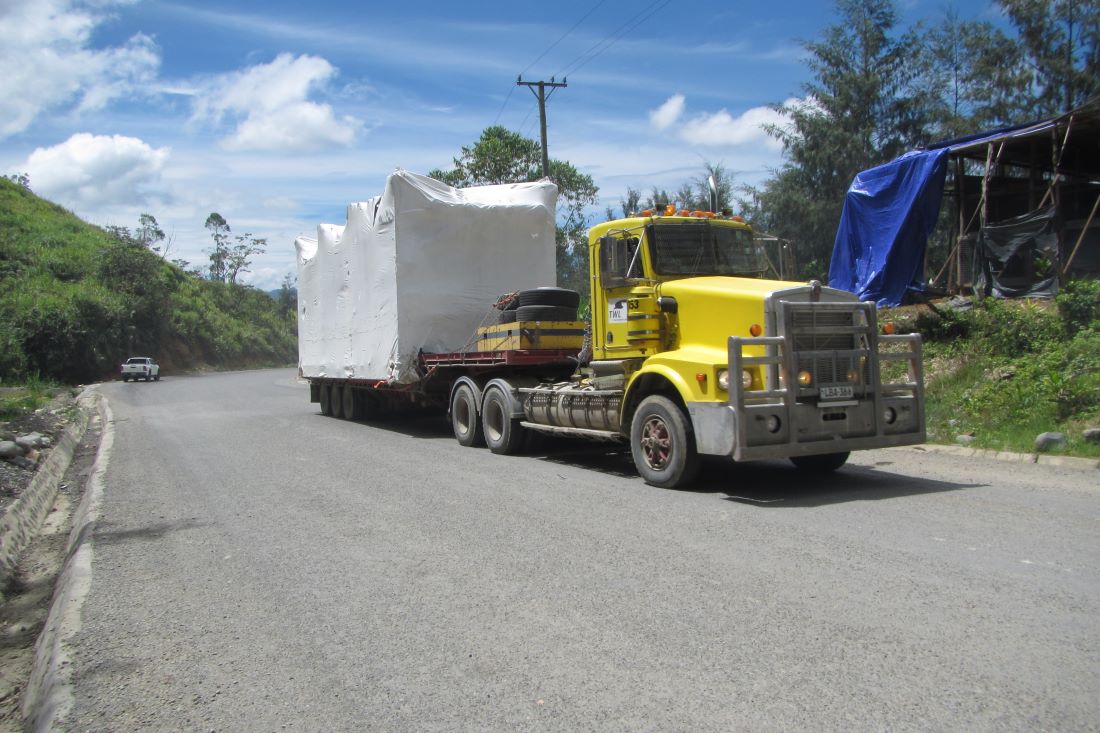 David Jones
David JonesThe effects of these constraints are significant, given the extent of LVR networks in many countries. The total length of LVR networks worldwide is unknown, but it is estimated to extend into millions of miles. In most countries, the length of the LVR network exceeds that of the rest of the network. The length of the unpaved road network also typically exceeds the length of the paved road network, especially in developing countries. Funding them, then, presents a challenge.
Inadequate and inconsistent funding for construction, rehabilitation, and maintenance are among the primary issues with LVRs in developing nations. Unlike major highways and urban roads, LVRs often fall into a funding gap. Limited investment leads to deteriorating conditions that increase transportation costs and often render LVRs impassable during or after adverse weather events. This can result in isolation of communities and negatively affect economic activities. Funding agencies such as the World Bank; the African and Asian Development banks; the United Kingdom Foreign, Commonwealth and Development Office; and the Norwegian Agency for Development Cooperation have entered into numerous aid and loan initiatives. Many of these initiatives have been successful during funding periods, but sustaining maintenance efforts remains a persistent challenge. Ideally, international agencies should also focus on the ways programs can sustain funding after initial projects are complete.
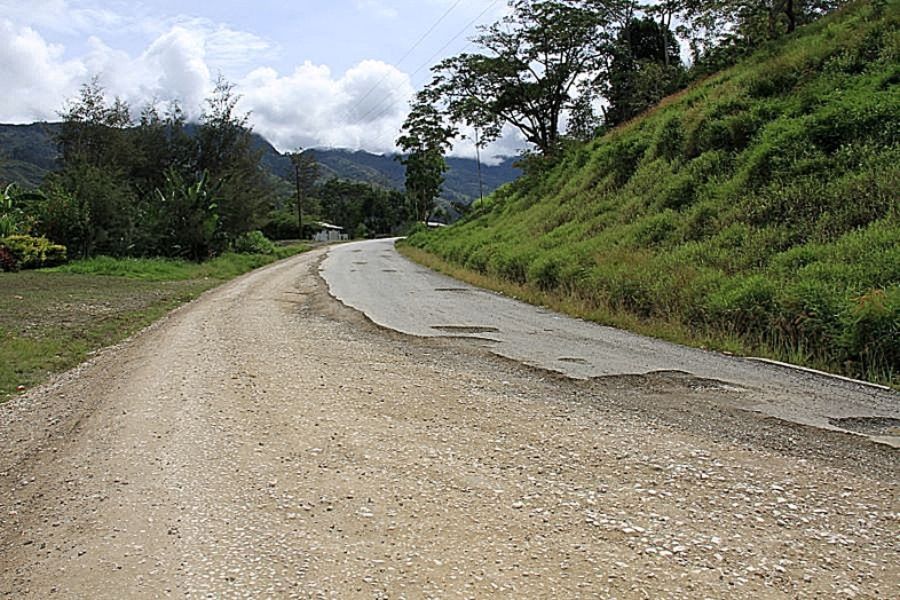 David Jones
David JonesIn the latter half of the 20th century, when bitumen and construction prices were low, many agencies paved LVRs with thin asphalt concrete layers or surface treatments such as chip seals without adequate base preparation. Those roads have now exceeded their design life, are rapidly deteriorating, and are difficult and expensive to maintain under increasing agricultural and commercial traffic—particularly from the energy sector’s fracking activities and wind turbine and solar farm installations (1 ). These increasing traffic loads, rising material costs, and stagnant maintenance budgets have made it difficult for agencies to keep up with repairs. As a result, many local governments are considering converting deteriorated paved roads back to unpaved surfaces as a more manageable and cost-effective solution. In this issue, these efforts are discussed in “Engineered Unpaved Roads: Remedy for Severely Distressed Paved Low-Volume Roads.”
Another significant challenge in LVR management is the absence of comprehensive planning and technical expertise in many developing countries, addressed in this issue’s “Low-Volume Roads: Innovations in Developing Countries.” Overreliance on international consultants can lead to road designs that fail to fully account for local climates and geology, the needs of local populations, or long-term maintenance requirements. New approaches, materials, and techniques adopted in developed countries often do not get implemented in developing countries.
In addition, inappropriate LVR construction and maintenance can contribute to environmental degradation, including soil erosion, deforestation, and loss of biodiversity. Extreme weather events and shifting rainfall patterns exacerbate these issues and can severely affect road conditions, as detailed in “Climate Resilience for Low-Volume Roads.” Sustainable LVR management requires a balance between infrastructure development and long-term sustainability.
As outlined in “A Question of Safety: Upgrading Low-Volume Roads in Developing Countries,” safety is also a major concern for LVRs because of inadequate maintenance; poor roadway geometry; surface distresses; and a lack of adequate signage, surface markings, guardrails, lighting, and sufficient drainage systems. Hazardous conditions increase the already elevated risks of rural road travel, particularly during rainy seasons when roads become slippery or flooded. As a result, communities may experience higher rates of collisions, roadway departures, injuries, and fatalities, which disproportionately affect vulnerable populations—including children and older adults.
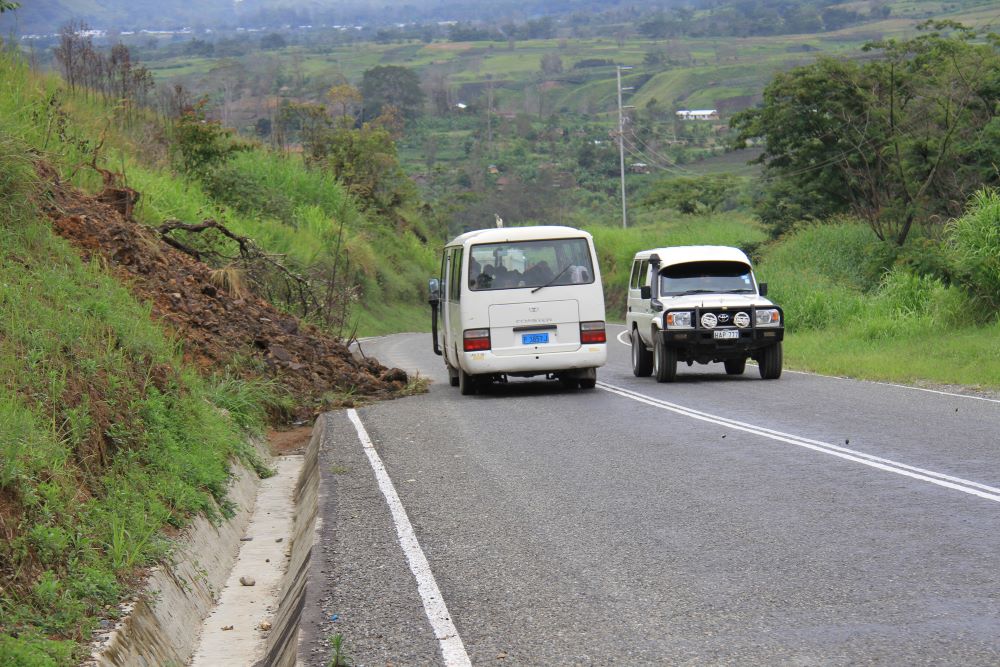 David Jones
David JonesIn such rural communities, social dynamics are an essential aspect of LVR management and their impact varies among countries. Roads are not just physical structures; they are embedded in the social fabric of communities. Issues related to land tenure, community land rights, and local participation in decision making influence road management outcomes. Engaging local communities can foster a sense of ownership, leading to more sustainable practices and better alignment with local needs.
The remaining articles in this special issue—”Training Low-Volume Road Engineers in Developing Regions” and “Encouraging the Next Generation of Low-Volume Road Engineers”—provide further insights into LVRs and their importance in transportation infrastructure.
The TR News Editorial Board thanks Nancy Whiting and Katherine Kortum for their work assembling and developing this issue.

